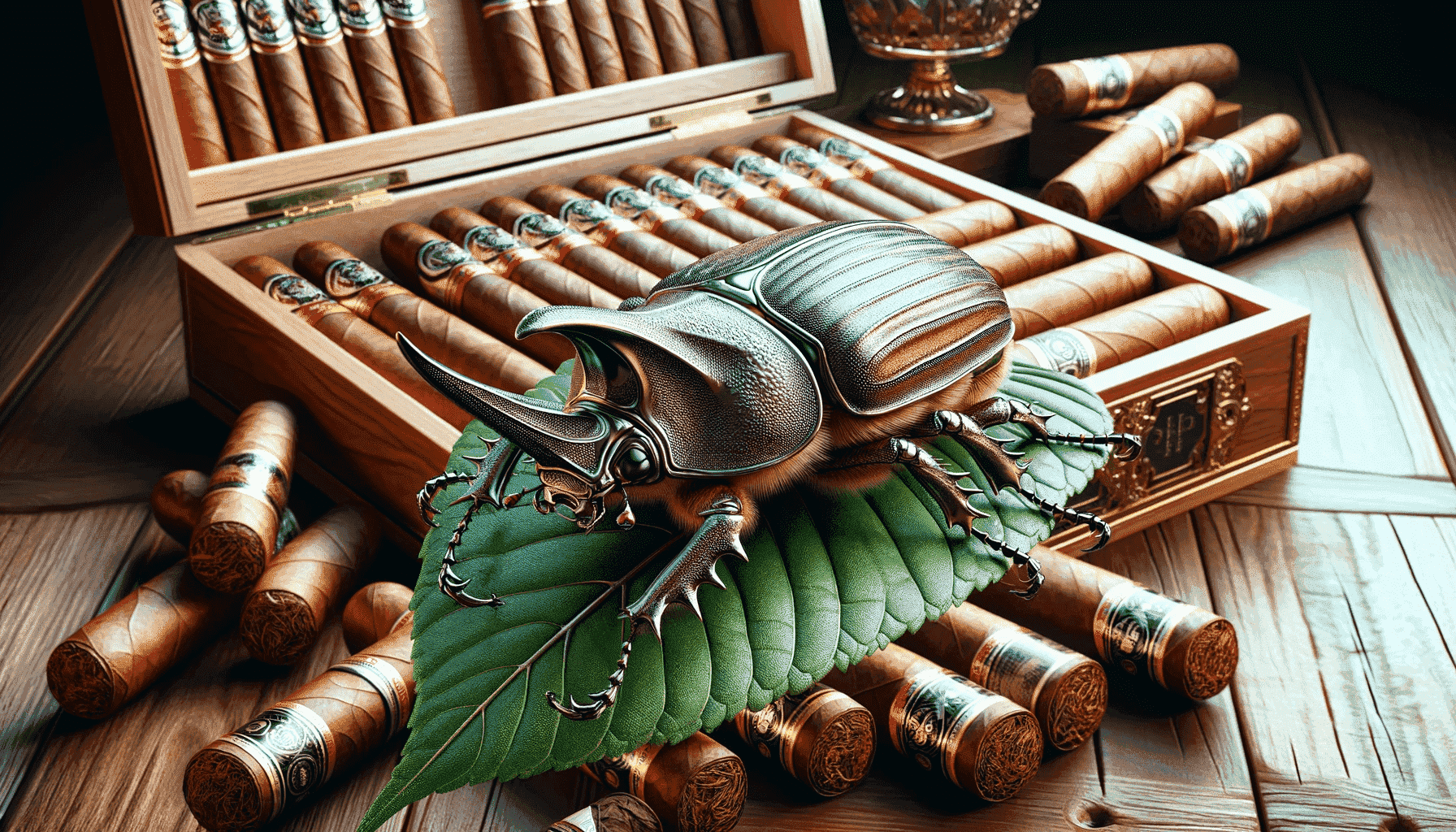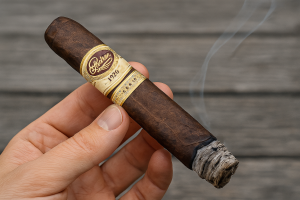How Common Are Cigar Beetles: Prevalence & Must-Know Prevention Tips

Cigar beetles, also known as tobacco beetles, are a pervasive concern for cigar enthusiasts and manufacturers.
These small insects, scientifically known as Lasioderma serricorne, are notorious for their ability to damage tobacco products.
That’s why we want to show you how common are cigar beetles, whether they are an important problem, the conditions that foster their infestation, their impact on tobacco quality, and effective strategies for their prevention and control.
- The Commonness of Cigar Beetles in Tobacco Products
- Factors Contributing to Cigar Beetle Infestations
- How to Get Rid of Cigar Beetles
- How to Spot Their Presence
- Can You Smoke a Cigar with Beetle Holes
The Commonness of Cigar Beetles in Tobacco Products
Cigar beetles are a global issue in the tobacco industry. They thrive in warm climates and are often found in tobacco fields and storage facilities.
While exact statistics on their prevalence are hard to come by, it's known that these pests can be found in cigar environments worldwide.
Experts in the tobacco industry acknowledge that a significant percentage of tobacco products, if not properly maintained, are at risk of beetle infestation.
This widespread nature underscores the importance of effective beetle management strategies in maintaining the quality of tobacco products.
Factors Contributing to Cigar Beetle Infestations
Cigar beetle infestations are influenced by several key factors, primarily temperature and humidity. These beetles are most active and reproduce rapidly in temperatures above 73°F (23°C) and in high humidity levels.
Additionally, poor storage practices, such as inadequate sealing and improper humidity control, can create an ideal breeding ground for these pests.
How to Get Rid of Cigar Beetles
Eradicating cigar beetles requires a multifaceted approach. The first step is to isolate any infected cigars to prevent the beetles from spreading. These cigars should be carefully removed from your collection and placed in a sealed bag.
Next, freezing is a highly effective method; place the sealed bag of cigars in a freezer for at least 48 hours. This extreme cold will kill any beetles and larvae. After freezing, move the cigars to the refrigerator for a day before returning them to room temperature.
This gradual transition helps prevent the cigars from being damaged by sudden temperature changes.
Additionally, ensure your humidor and storage area are thoroughly cleaned and inspected for signs of beetles. Regular maintenance and proper storage conditions are key to preventing future infestations.
How to Spot Their Presence
Detecting the presence of cigar beetles early can save your collection from extensive damage. The most obvious sign is tiny, pinhole-sized openings on the surface of the cigars, which are created when the beetles bore out of the tobacco.
You might also notice fine tobacco dust around the cigars, a result of the beetles' feeding and burrowing activities. Regularly inspecting your cigars under good lighting is crucial for early detection.
Pay close attention to changes in the appearance of the wrappers. In some cases, you may even spot the beetles themselves, which are tiny, brown, and oval-shaped.
Monitoring the temperature and humidity levels in your humidor is also vital, as high temperatures and humidity encourage beetle activity.
Can You Smoke a Cigar with Beetle Holes
Smoking a cigar with beetle holes is technically possible, but it is generally not recommended. First and foremost, the quality and flavor of the cigar are likely compromised.
The holes made by the beetles can affect the cigar's draw and burn, leading to an uneven and unsatisfying smoking experience.
Additionally, while the adult beetles may have left the cigar, there's a possibility that eggs or larvae remain, which is not a pleasant thought for most smokers. From a quality perspective, it's better to discard cigars with visible beetle damage.
However, if the infestation is minimal and the cigar is of significant value or rarity, some aficionados may choose to smoke it after careful inspection and cleaning. The decision ultimately comes down to personal preference and the extent of the damage.















